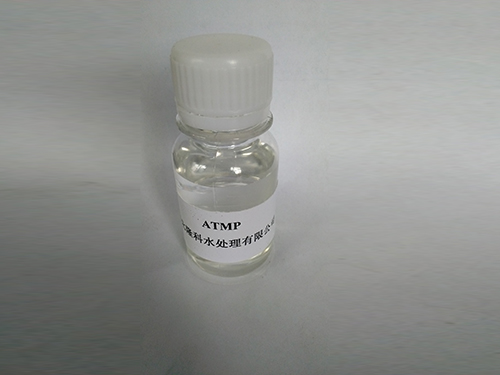polyacrylamide formation
The Formation of Polyacrylamide Synthesis and Applications
Polyacrylamide (PAM) is a versatile polymer widely used in various industrial, environmental, and biological applications. Its formation involves the polymerization of acrylamide monomers, resulting in a substance with unique physical and chemical properties, which can be tailored by modifying its structure and composition. This article explores the process of polyacrylamide formation, its various forms, and the multitude of applications that benefit from its use.
Synthesis of Polyacrylamide
Polyacrylamide is synthesized through the process of free radical polymerization. This method begins with the initiation phase, where an initiator, usually a chemical compound capable of generating free radicals, is introduced into the reaction mixture containing acrylamide monomers. Common initiators include ammonium persulfate and potassium persulfate. When heated, these initiators decompose, producing free radicals that react with acrylamide to initiate polymerization.
Once polymerization begins, the process progresses rapidly through a chain reaction, wherein the growing polymer chain reacts with additional monomer units. The reaction conditions, such as temperature, pH, and the concentration of reactants, significantly influence the molecular weight and structure of the resulting polyacrylamide. By controlling these parameters, manufacturers can produce polyacrylamide with a narrow or broad molecular weight distribution, catering to specific needs in various applications.
Types of Polyacrylamide
Polyacrylamide can exist in several forms, including linear, branched, and cross-linked structures. Linear polyacrylamide is often used in applications such as gel electrophoresis, while cross-linked polyacrylamide forms gels that are utilized in soil conditioning and wastewater treatment. Further, polyacrylamide can be modified to yield anionic, cationic, or nonionic variants, each exhibiting different properties and functionalities. For instance, anionic polyacrylamide is effective for flocculation in water treatment, while cationic types can be used in paper-making processes for improved retention of materials.
polyacrylamide formation

Applications of Polyacrylamide
The applications of polyacrylamide are extensive, ranging from environmental management to medical uses. In environmental applications, polyacrylamide is primarily employed in wastewater treatment. Its ability to effectively bind particles together makes it a powerful flocculant, aiding in the removal of suspended solids and pollutants. This property is not only beneficial for municipal wastewater treatment but also for industrial effluents.
Moreover, in the agricultural sector, polyacrylamide is utilized for soil stabilization and moisture retention. By forming a gel-like substance when mixed with water, it helps reduce soil erosion, enhances irrigation efficiency, and promotes root growth. These qualities make it an essential component in sustainable agricultural practices.
In the biomedical field, polyacrylamide hydrogels are employed for drug delivery systems and tissue engineering due to their biocompatibility and ability to mimic natural tissue. Their adjustable mechanical properties allow for the creation of hydrogels that can be tailored for specific biological interactions, further broadening their applicability in health sciences.
Conclusion
In conclusion, the formation of polyacrylamide through free radical polymerization leads to a versatile polymer with significant industrial, environmental, and biomedical applications. Its ability to be modified into various forms enhances its functionality, making it indispensable across multiple sectors. As industries continue to strive for more efficient and sustainable practices, the importance of polyacrylamide and its derivatives is likely to grow, driven by both its unique properties and the ongoing development of new applications. With ongoing research and advances in synthesis techniques, the future of polyacrylamide appears promising, opening up new avenues for innovation and efficiency in numerous fields.
-
Water Treatment with Flocculant Water TreatmentNewsJun.12,2025
-
Polymaleic AnhydrideNewsJun.12,2025
-
Polyaspartic AcidNewsJun.12,2025
-
Enhance Industrial Processes with IsothiazolinonesNewsJun.12,2025
-
Enhance Industrial Processes with PBTCA SolutionsNewsJun.12,2025
-
Dodecyldimethylbenzylammonium Chloride SolutionsNewsJun.12,2025





